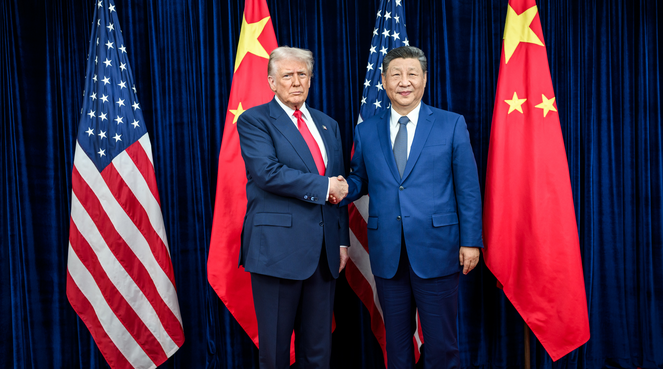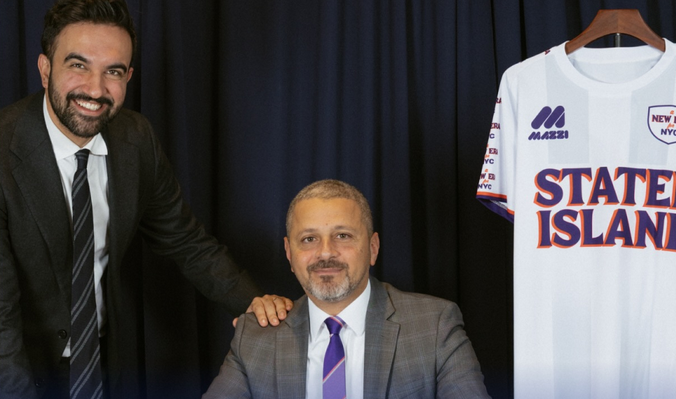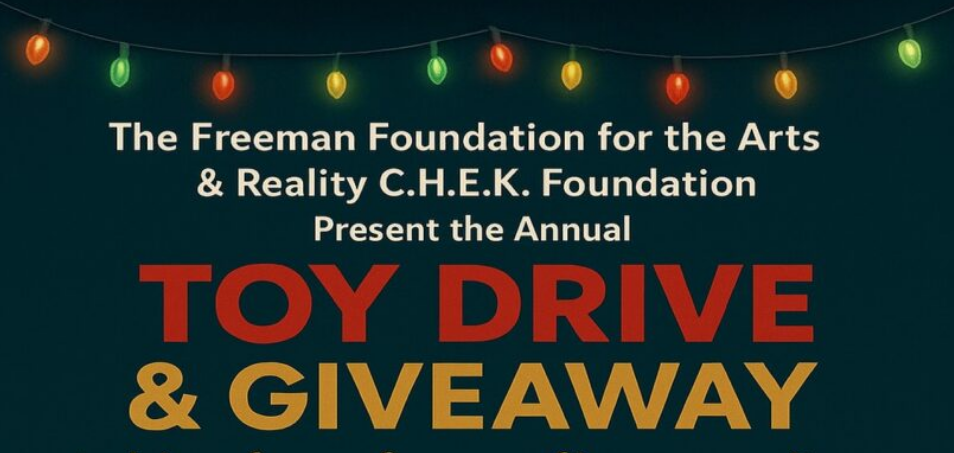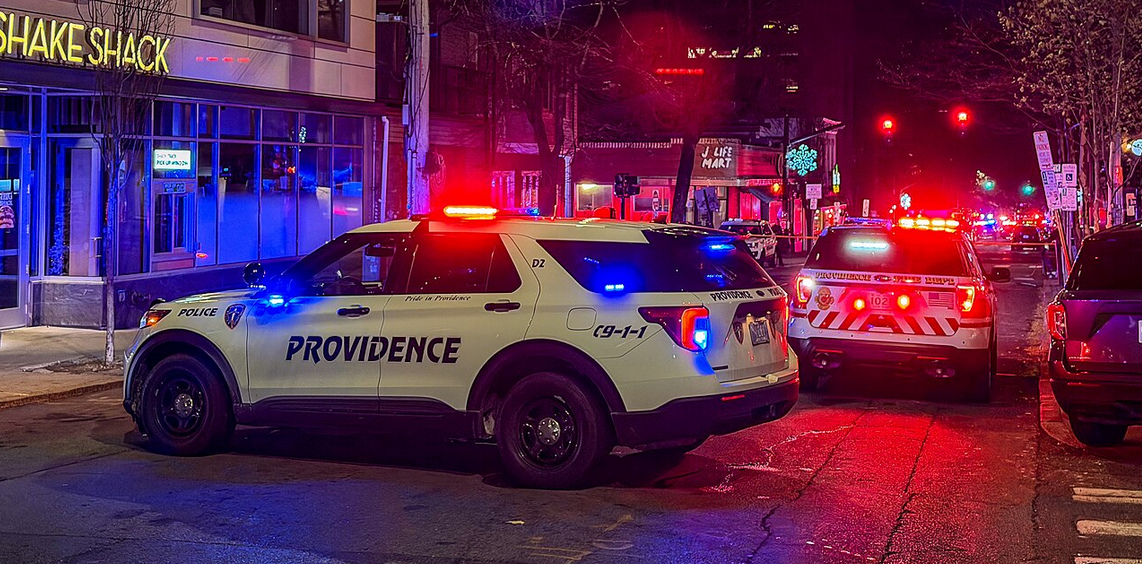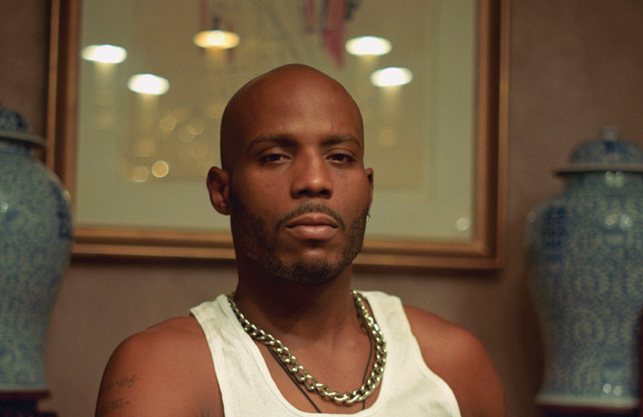[“Speaking Truth To Empower”]
Ronnie Cole: another victim of trigger-happy policing…
Photo: Facebook\Worldly Sistah
NYPD officers in the act of brutalizing Ronny Cole–one officer is reaching here for his gun to shoot him…
Sunday’s shooting of Ronny Cole, in the Bronx, by NYPD officers, is the latest example of the disregard police have for Black lives—and the routinely reflexive nature police brass have in covering up for cops who harm Black people.
The NYPD claims the shooting was proper, because they say Cole—now hospitalized in critical condition—had a gun and threatened two cops who were arresting him. These officers allege, he pointed a gun.
This assertion seems to be another lie by trigger-happy officers seeking to justify their indefensible actions.
Cole was shot Sunday in the vicinity of West 166th Street, off Summit Avenue, in the Bronx. Around 7:00 p.m., two NYPD officers approached Cole believing he was breaking into a white BMW, that he said was his car. Officers claim Cole couldn’t produce car keys, so they decided to arrest him. Cole said he locked his keys in the car.
NYPD Chief Terence Monahan gave the police version of events.
“The officer began to question the individual, who produced keys that were not for that vehicle,” Monahan said. “As the officers began to put the individual under arrest, a struggle ensued.” Monahan claims police body-cam audio captures the suspect saying, “I have a gun, (expletive) die.”
It should be noted here, according to the New York Daily News, the NYPD claims both officers’ body-cam lenses got knocked off during the struggle, so they supposedly only have audio. This excuse is eerily reminiscent of the false claims made by Louisiana officers who murdered Alton Sterling.
Chief Monahan claims one of the officers accused Cole of pulling a gun during the struggle.
“The officer is stating the gun is pointed to his chest,” Monahan said. “At the point, the officer discharges his weapon. So, when you’re looking from a distance, you’re not seeing what’s happening in that real close quarter.” Monahan’s defense of the officer who shot Cole is not at all convincing—especially, since it is refuted by witnesses and bystander videos. A concerned citizen sent the Black Star News a copy of one of these bystander videos.
The disturbing recording first shows an officer—who would eventually shoot Cole—on top of him, on the ground, next to the BMW. While this is happening, a second officer starts punching Cole.
Instead of assaulting Cole, why isn’t this officer trying to get control of the gun they allegedly saw?
This second officer is then seen momentarily placing his left knee on Cole’s head. Cole is basically pinned to the ground, by the car. Not long after this, we see the first cop reaching for his gun. He then shoots Cole—at point blank range.
Much has been made of Cole’s criminal history. The mainstream New York media has been happy to parrot police announcements about Cole’s eight felonies. Is Cole’s criminal record supposed to be proof this shooting was justified?
Unfortunately, this tactic of character assassination usually works for large segments of White America.
The NYPD says Cole threatened the officers saying, “I have a gun (expletive) die.” They also produced a gun they claim was Cole’s. Assuming all this is true, is this supposed to vindicate the actions of these officers?
In the New York Daily News account of the shooting, they referred to Cole as “a pint-sized ex-con” who is “5-foot-3-inch 145-pound.” These details are important since: the two officers wrestling with Cole are much bigger.
Are these two brawny NYPD officers so soft—and scared—they couldn’t restrain this “pint-sized ex-con?” Or, is shooting Black people always an easy alternative?
The Daily News story also tells us the Police Benevolent Association (PBA) is fighting against the release of the body-cam footage. The PBA reportedly says the footage is part of the officer’s protected personnel file.
Here we have a prime example of why Black Americans don’t trust police. Obviously, the PBA doesn’t believe in transparency. These officers shot a citizen on the streets of New York, and we get asinine arguments about protected personnel files.
Besides the bystander video, witnesses on the scene dispute the NYPD’s tales.
“Out of nowhere, while he was handcuffed, he was shot,” witness Patrice Turner told CBS2’s Hazel Sanchez. “He was shot in the arm.” Turner added “He was telling them that it was his car. He was locked outside of his car.”
One of the bystander videos was shot by witness Mercedes Escoto who stated she “didn’t see no firearm.” Yet, while this statement was reported in the CBS2 story, the Daily News never reported it. What did the Daily News focus on? In their report, they decided to highlight Escoto’s statement that Cole was “resisting arrest before cops wrestled him to the ground.”
Why did the Daily News not report Escoto’s statement of seeing “no firearm” in Cole’s possession?
The Daily News report starts by telling us about Cole’s criminal history. It takes them several paragraphs before they say anything about the shooting. American journalism is too often a party to the coverup and shameful silence of racist policing.
The Ronny Cole case has important similarities to the Alton Sterling police murder, which occurred in Baton Rouge, Louisiana, on July 5, 2016.
Officers Blane Salamoni and Howie Lake both said their body cams “fell off,” at the same time, before they killed Sterling. The NYPD is telling us the bodycam lenses of these officers fell off while they were grappling with Cole. Salamoni and Long had Sterling pinned against a car, in a similar manner as Cole was by these NYPD officers. And just as killer-cop Salamoni did, one of these NYPD officers decide to shoot a Black man they had all but subdued.
The saving grace here is that unlike Sterling, Cole is still living. Here is an important question: was the NYPD able to prove the BMW wasn’t Cole’s car?
The outrageous conduct of cops who calculate they can get away with brutalizing and murdering Black people must be addressed once and for all—in our time.
Lately, many people are talking about the major changes taking place in American society. For example, the Me-Too Movement has had a chilling effect on America’s White sexist patriarchy. Many politicians now denounce attacks on White gay people. This is all good.
But what about Black people? Why aren’t professional politicians advocating forcefully for African-Americans? Racial policing, as a tool of White oppression, continues even after all the atrocities we’ve witnesses since the killings of Eric Garner and Michael Brown.
Presently, Democratic Party politicians running for president are courting Black votes. But these candidates try to avoid discussing racist policing. Some give lip-service to addressing mass incarceration—while saying nothing about prejudice policing.
In the leadup to the first Democratic Party presidential debate, South Bend, Indiana Mayor Pete Buttigieg had an ongoing crisis in his city, in the aftermath of the deadly police shooting of 54-year-old Eric Logan. South Bend Police claim police body-cameras were off during Logan’s killing.
During the debate, MSNBC’s Rachel Maddow asked Buttigieg why South Bend’s police force was only six percent Black, relative to the city’s 26 percent Black population. The press punditry praised Buttigieg for answering this question by admitting he failed to increase the numbers of Blacks on the force.
California Congressman Eric Swalwell steered Buttigieg toward addressing the bad behavior of South Bend Police saying, “If the camera wasn’t on and that was the policy, you should fire the chief.” Buttigieg had no answer for this, besides glaring at Swalwell. Instead of being applauded, Swalwell was attacked by media talking heads who lauded Buttigieg for his supposed honest apology.
However, Swalwell was right—especially, since Buttigieg had no problem firing Darryl Boykins, South Bend’s first Black police chief. Buttigieg fired Boykins because he had recordings of racist officers on the South Bend Police. Chief Boykins recordings were seen as improper and Buttigieg fired him.
So, why shouldn’t the current police chief be fired for the Logan debacle?
After the Swalwell Buttigieg exchange, there was an opportunity to further the debate discussion on racial policing. That chance ended once California Senator Kamala Harris confronted former Vice-President Joe Biden on issues of busing and befriending segregationists.
As this presidential campaign unfolds, Black America must force Democratic Party presidential candidates to address racial policing. We must let them know this: American policing is more lethal to Blacks than Donald Trump.
A copy of the video that was sent to the Black Star News, of Ronny Coles’s shooting can be seen here https://www.youtube.com/watch?v=whWDmfGNUIo&feature=youtu.be

